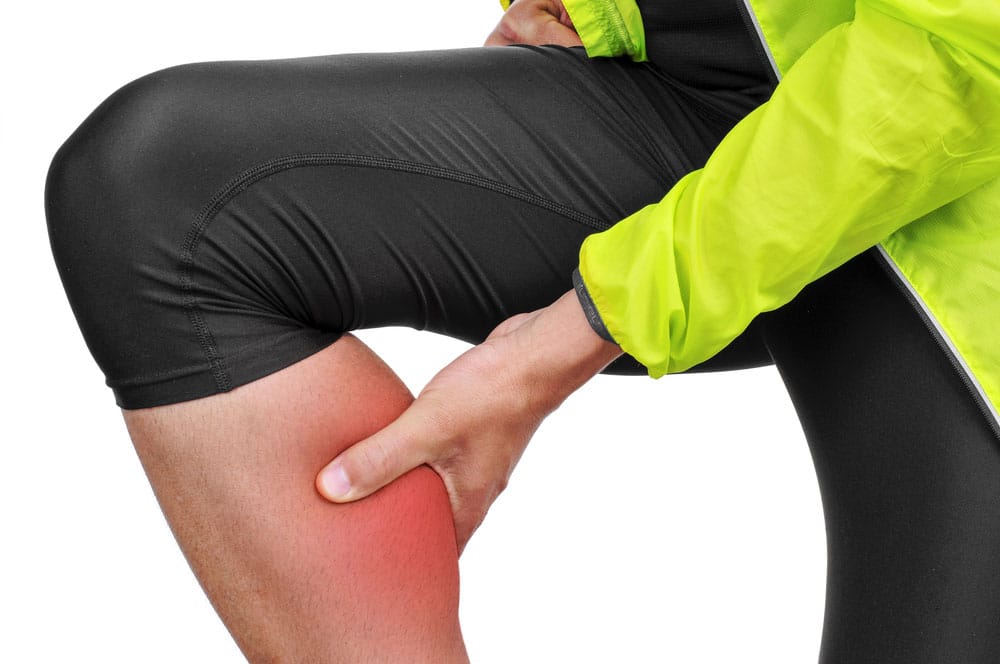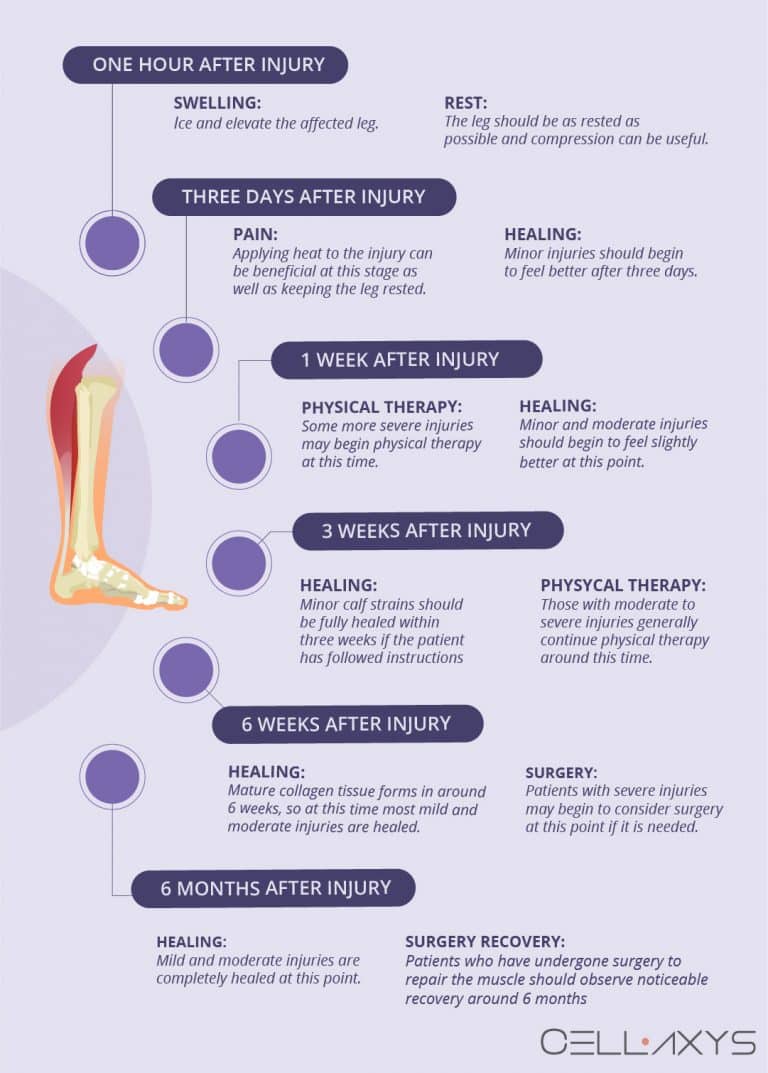Fine Beautiful Tips About How To Heal A Calf Strain

More severe strains may be caused by a complete tear of the muscle, which can lead to a loss of function.
How to heal a calf strain. Signs & symptoms of calf muscle strain. Characteristics/clinical presentation it is important to differentiate between muscle strains within the calf complex in order to formulate a correct prognosis, an appropriate treatment program and prevention of recurrent injury. Calf muscle strain exercises for recovery after 4 weeks stand facing a wall and put your hands on that wall at shoulder level.
These injuries are most often caused by minor tears of muscle fibers. Most calf strains can usually be easily treated at home, but you might need to see your doctor or a physical therapist for a more serious strain. Keeping your ankle and calf muscle mobile through exercises such as stretching or moving a joint through its full range of motion may help prevent calf pain.
However, other treatments can provide temporary pain relief. A calf strain occurs when fibers of the muscles of the lower leg are overstretched. Published feb 16, 2022 jennie hansen high five bookmark photo:.
Now point your toes away from you and hold for five seconds. Wear a compression bandage or calf support to support the muscle and reduce swelling. Calf muscle tears usually heal with conservative treatments, but sometimes require surgery.
Usually, the bulk of the muscle tissue remains intact. Treatment recovery time a calf strain is an injury to the muscles of the back of the lower leg. Doing so can help reduce inflammation and relieve muscle.
See care providers emergency care Ask your doctor about the following exercises you can try at home during your calf muscle recovery: Gently lean your chest into the wall by bending.
Scar tissue remodelling and mobility exercises are essential components of. Treatments commonly used for calf strains include: Our full program also includes exercises for the ankle joint in general as well as activation exercises for the hips and movement control exercises to improve proprioception and balance.
See home treatments 2 when you may need a provider you heard a tearing or popping when you were injured. You can’t walk because of the pain. Compressing blood vessels in the muscle encourages swelling to drain away from the area.
Ice and heat therapy: Most calf strains heal with rest, ice, compression and elevation. Sitting in a stable chair, bend and straighten the knee of your affected leg.
A qualified physiotherapist can guide you in implementing these techniques effectively, ensuring that pain and swelling are managed optimally. With a grade one calf strain the signs may not be present until.


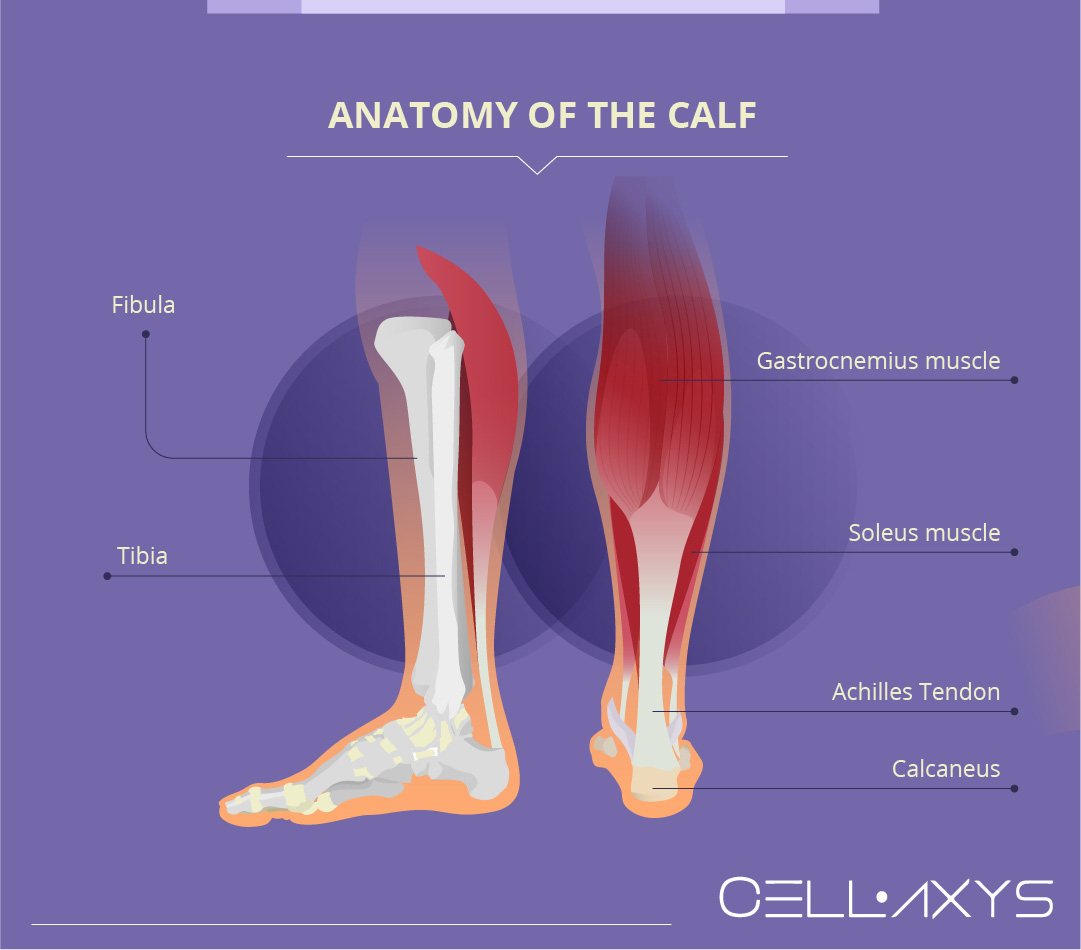


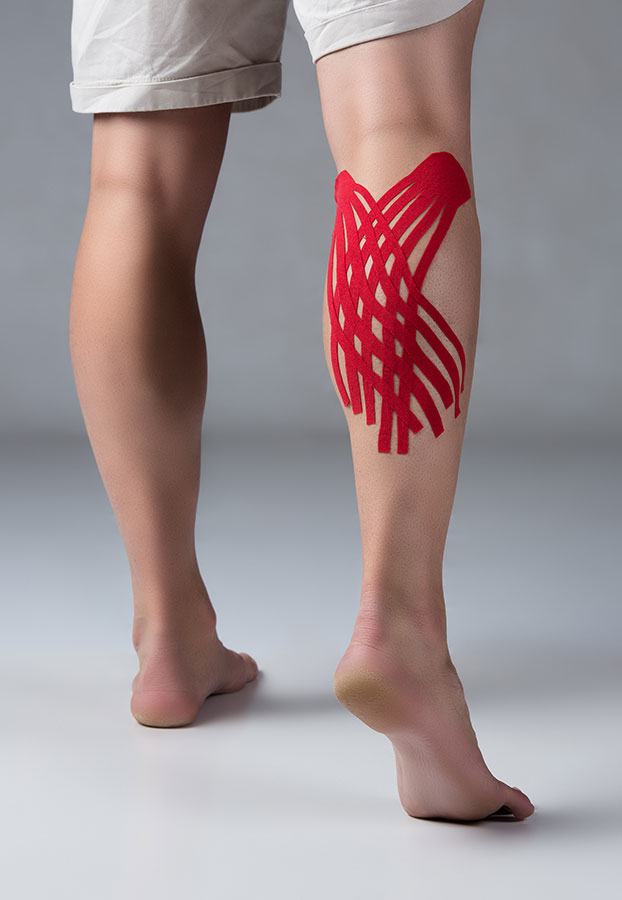


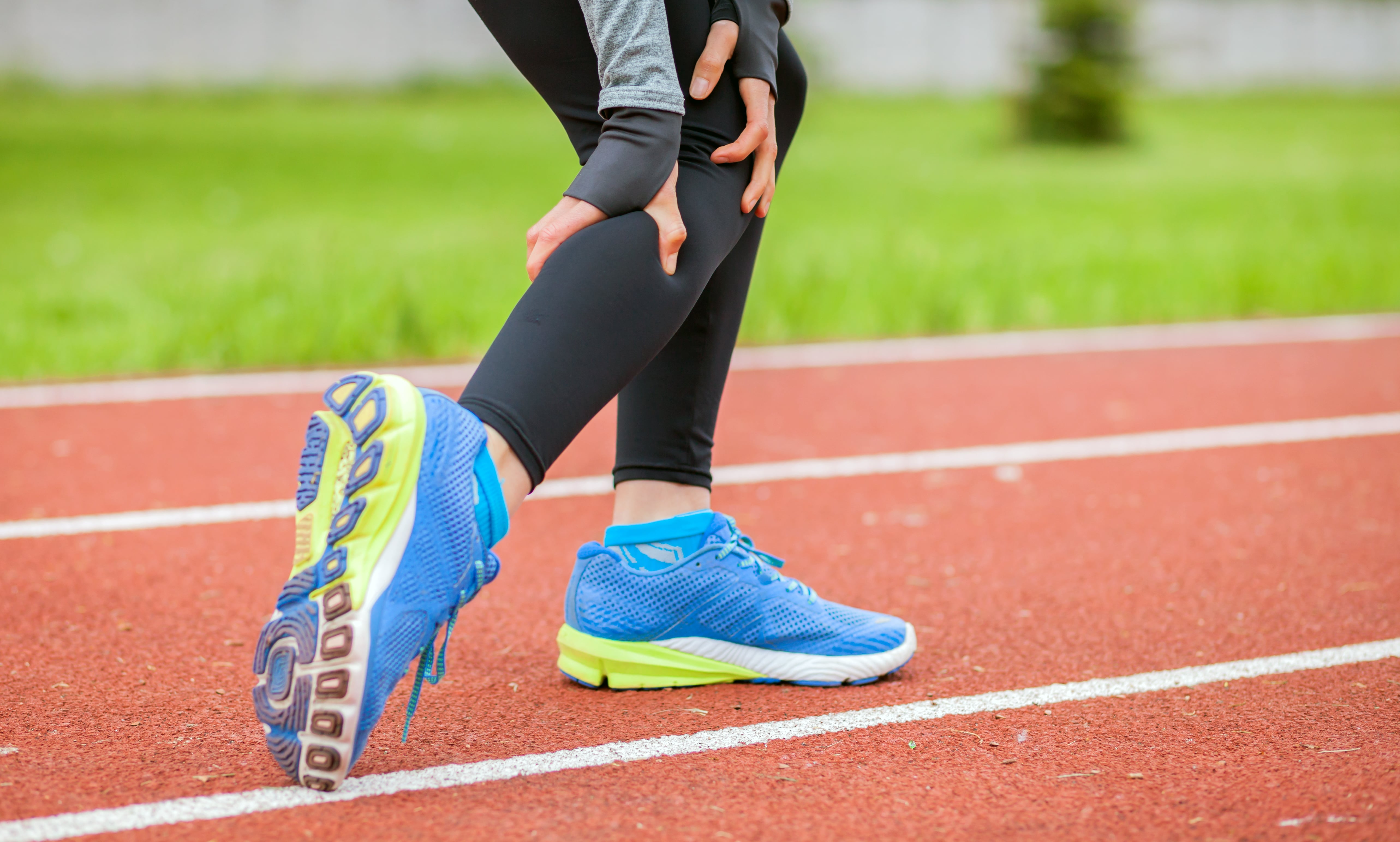


:max_bytes(150000):strip_icc()/plantaris-muscle-rupture-2549380-v2-764517a4508848dca33aab92f71c2182.png)

:max_bytes(150000):strip_icc()/2549387-article-causes-of-calf-pain-5a70fb720e23d90036a5fa54.png)
